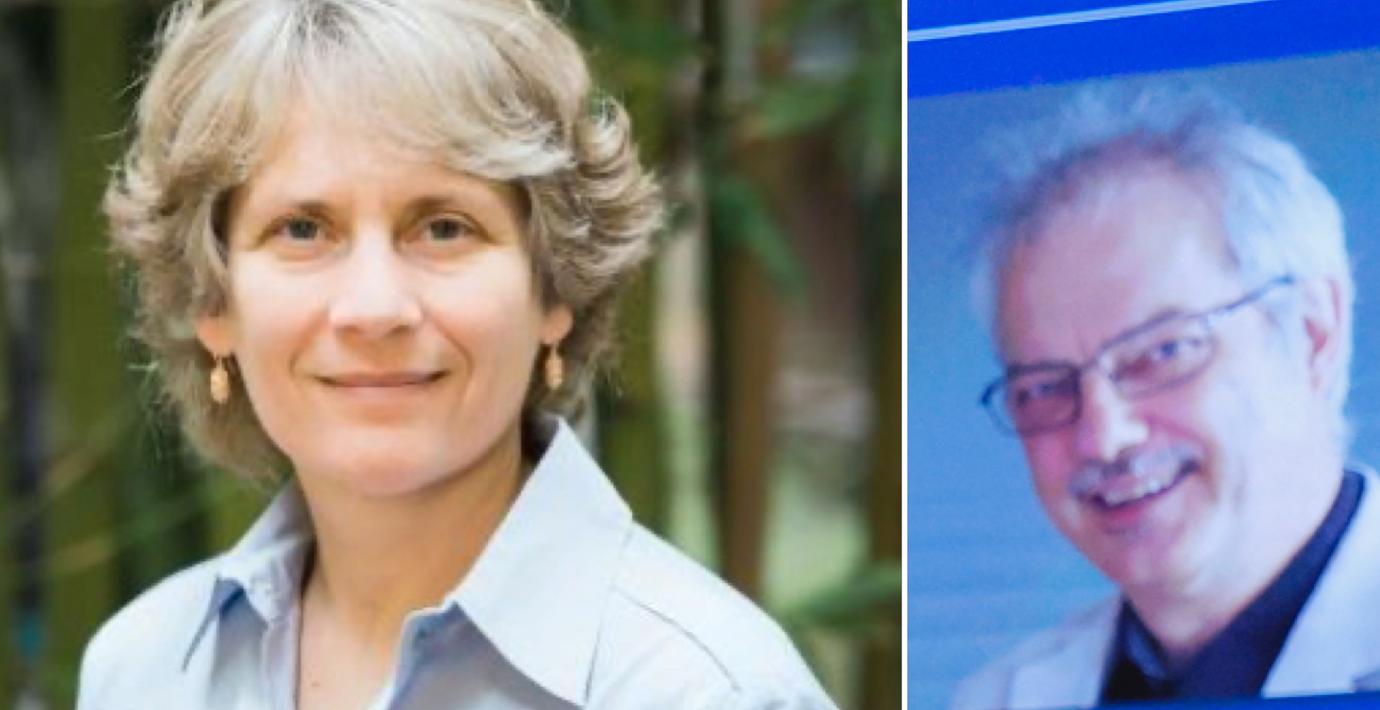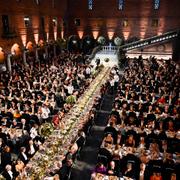
Kemisternas förvåning: Svårt att andas – var en chock
Carolyn Bertozzi – som delar årets Nobelpris i kemi med Morten Meldal och Barry Sharpless – var en av förhandsfavoriterna. På Kungliga vetenskapsakademiens presskonferens fick hon via telefon själv kommentera beskedet:
– Det är en underdrift att säga att det här var förvånande. Jag har nästan svårt att andas.
Trion belönas för sin respektive forskning inom klickkemi och bioortogonal kemi. Bertozzi konstaterade att området har två viktiga användningsområden: att utforska vad som händer i cellen samt användning inom målsökande läkemedel i sjuka patienter.
Mårten Meldal delar sin kollegas överraskning:
– Det var en stor chock för mig. Det finns så många bra uppfinningar och vetenskapliga genombrott i världen. Jag blir både överraskad och stolt, säger han till SR Ekot.
För Barry Sharpless är detta andra Nobelpriset. 2001 vann han för sin forskning om kiralt katalyserade oxidationsreaktioner.



